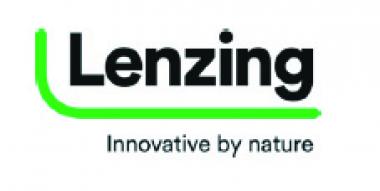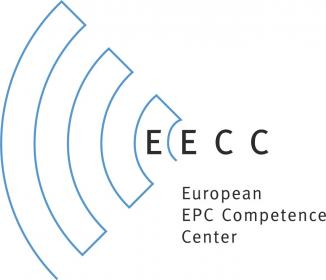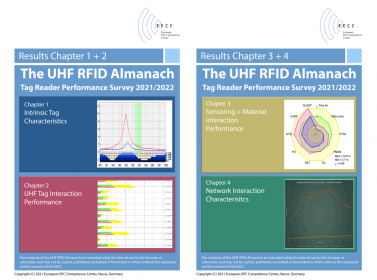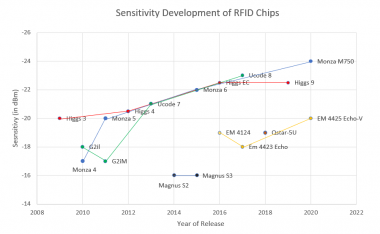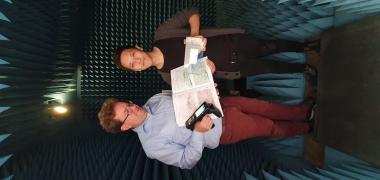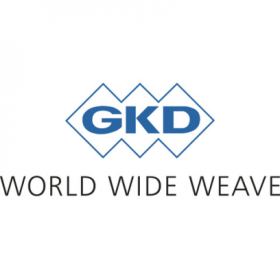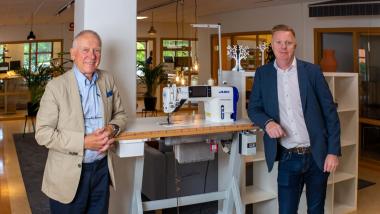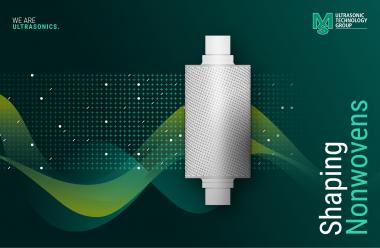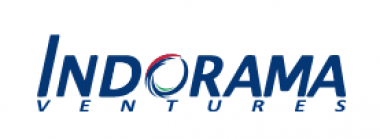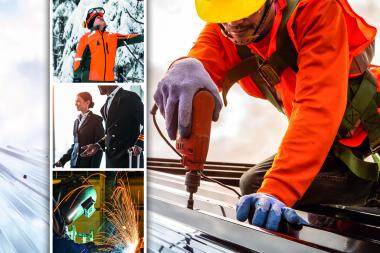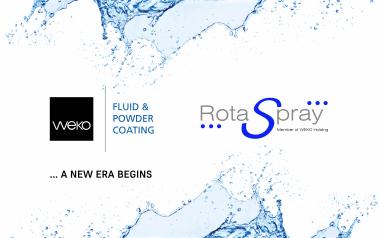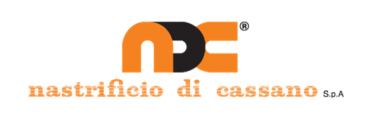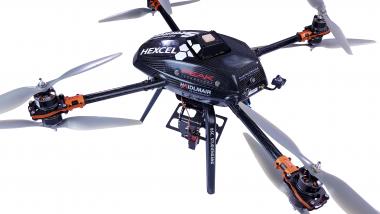Lenzing AG: Early termination of contract with Stefan Doboczky
- CEO Stefan Doboczky will not extend contract and will step down at end of third quarter 2021
The Supervisory Board of Lenzing AG, a world’s leading producer of wood-based cellulosic fibers, has come to a mutual agreement with its longstanding Chief Executive Officer Stefan Doboczky to end his contract. Doboczky has informed the Supervisory Board that he will not be available for another extension of his contract. With great regret the Supervisory Board of Lenzing AG accepts his resignation and the parties mutually agreed to end the contract effective September 30, 2021.
“My sincere thanks go to Stefan Doboczky for his exceptional achievements at Lenzing. The design and implementation of the transformation of Lenzing AG into a global specialty fiber leader and the positioning of the company as a recognized sustainability champion have been major accomplishments of Stefan Doboczky over the last years”, said Chairman of the Supervisory Board, Peter Edelmann. “Thanks to his leadership, Lenzing AG finds itself today on a stable and profitable growth track with a clear commitment to become climate-neutral by 2050. And all of that in spite of the challenging environment of the COVID-19 pandemic”, said Edelmann.
Stefan Doboczky: “Developing and consistently implementing the Lenzing strategy has been the cornerstone of my work in recent years. After extensive consideration, I have decided that this is the right time for a personal change. The strategy is in place, the company is well on track – now is the ideal moment to pass on the baton. And one thing is certain: Lenzing will always have a very special place in my heart.”
Lenzing AG remains on track with its guidance for the full year 2021 as announced with the half-year results. Cord Prinzhorn has been appointed interim CEO. Prinzhorn is Member of the Supervisory Board of Lenzing AG and will be available until a successor is found. The Supervisory Board will immediately start the search process.
Lenzing AG


